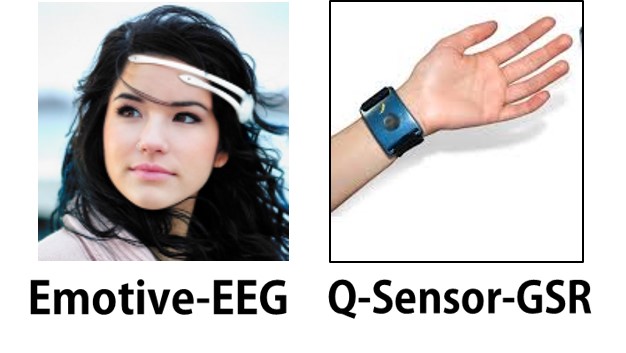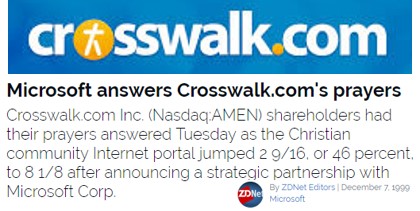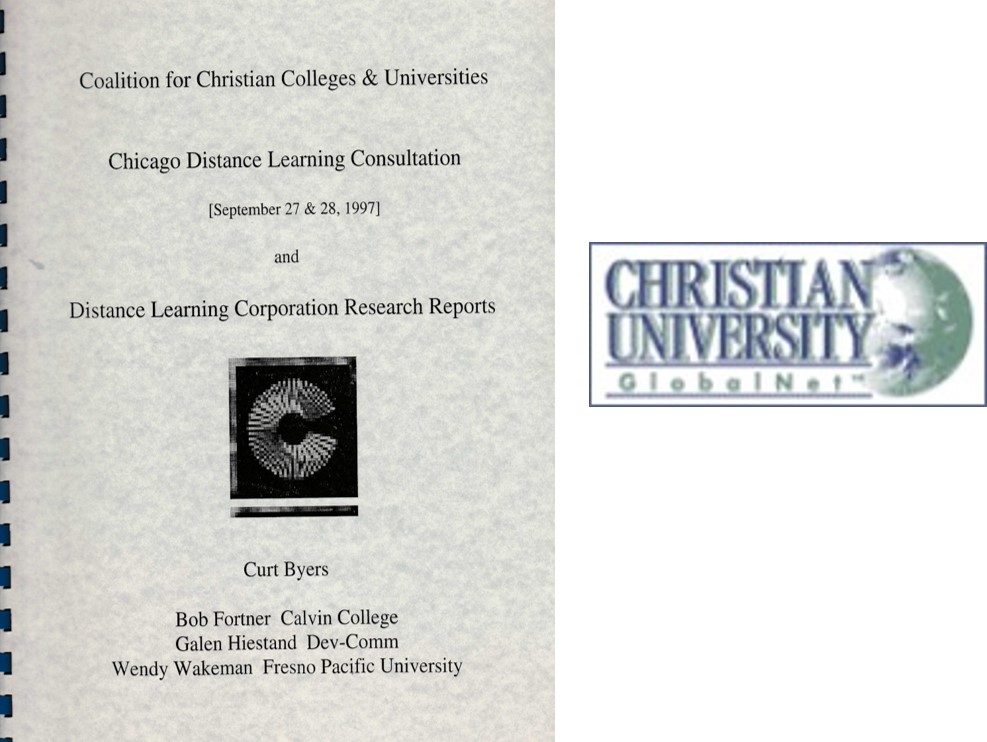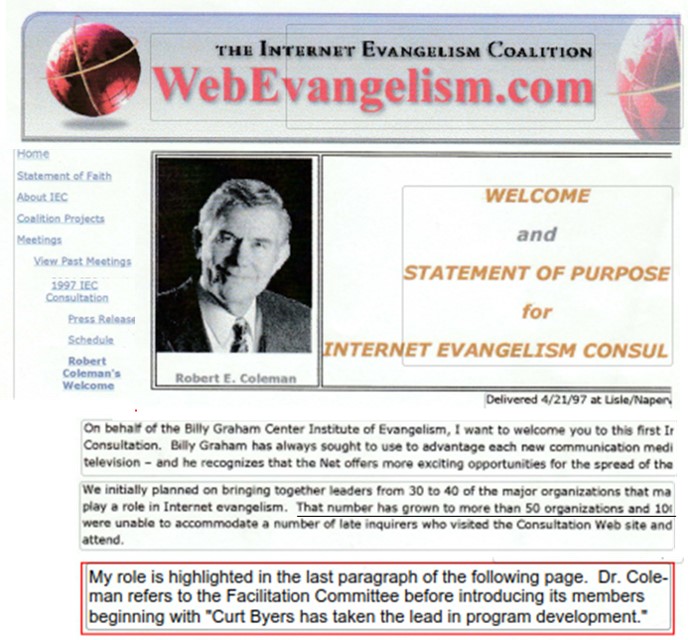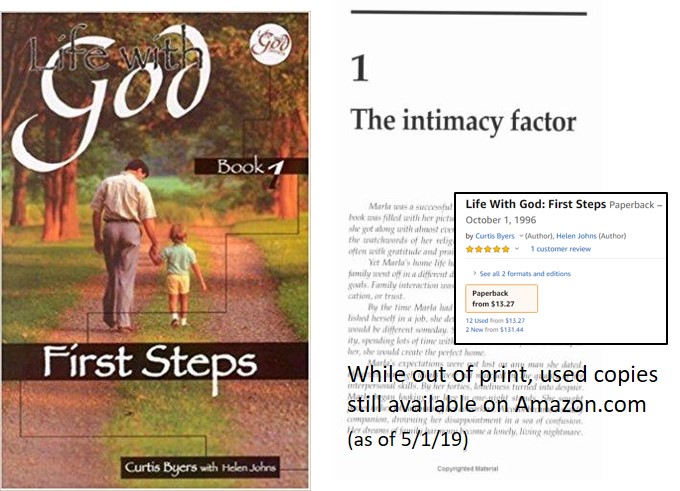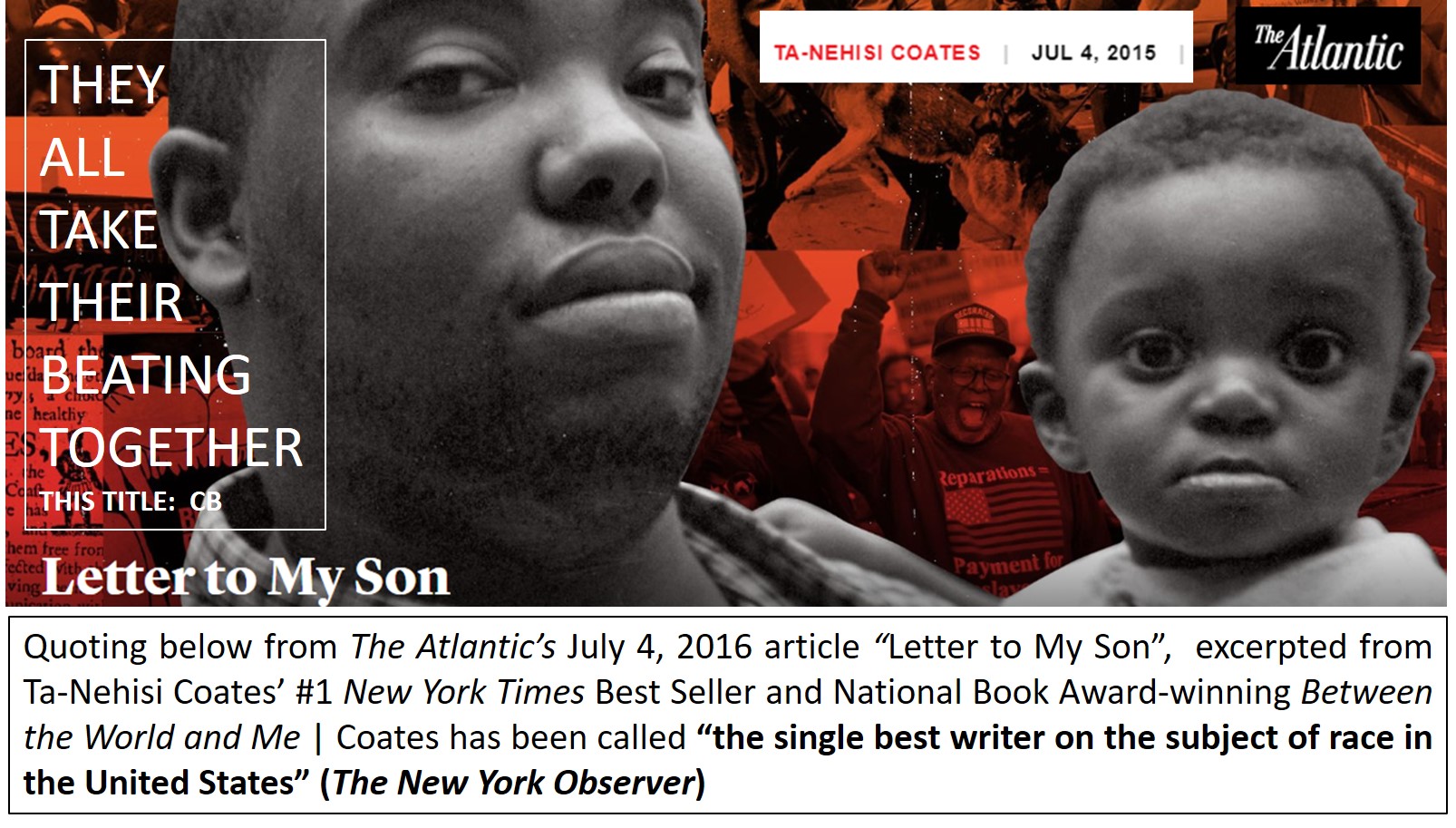
The Atlantic’s July 2015 article “Letter to My Son” is excerpted from Ta-Nehisi Coates’ bestselling Between the World and Me. In it Coates recounts for his son what it was like growing up in crack epidemic-era Baltimore where “everyone had lost a child, somehow, to the streets, to jail, to drugs, to guns,” and knowing his own grandfather and two uncles had died violent deaths as young men (Coates, 2015). And so there came to be what Coates describes as the “old rule” that any boy’s fight was his every friend’s fight too and that “they all took their beating together” no matter the odds. In such a world being able to count on that rule in the face of impending violence might well feel like, in fact might well be, a matter of life and death. Knowing of such a rule and the reasons for it might also be relevant in assessing “criminal thinking errors” as the sole causes or motivation for urban violence as is assumed in most juvenile justice clinical treatment programs.
Urban criminal violence the result of perpetrators’ “criminal thinking errors”
An urban adolescent from a violent, crime-ridden neighborhood—call him Jamal—is involved in a police incident for participating in a street brawl. Jamal has been captured on cell phone video joining the fight of a friend already in progress and attacking the other youth in the original two-person altercation. There is no possible argument of self-defense. Without question this assaultive behavior constitutes a criminal offense. And in many if not most of the residential juvenile justice programs to which Jamal would likely be sent as a result, the explanation for Jamal’s criminal violence is his having a criminal personality and his acting on one or more of a specific list of fifty-two “criminal thinking errors.”[1]
What is criminal thinking?
“Criminal Personality Theory” is the product of research by two criminologist-psychologists named Samenow and Yochelson which they presented in their now classic three-volume work, The Criminal Personality (1976, 1977, 1986). In it Samenow and Yochelson identified fifty-two “criminal thinking errors,” all of which they claim are the characteristic thinking of an offender with a deeply ingrained criminal person- ality. Samenow and Yochelson argue that one or more of those fifty-two thinking errors exhaustively explains any given criminal behavior. They insist that no other theory or explanation is needed or relevant, and they specifically rule out social, environmental, or economic influences (Dienstbier, 1977). Indeed, as Samenow says, “The environment does not cause crime” (Samenow, 2014).[2]
How mutual defense was the duty of friends in one violent Baltimore childhood
In the 2015 Atlantic excerpt from Ta-Nehesi Coates’ Between the World and Me, titled “Letters to My Son,” Coates describes how, growing up during Baltimore’s mid-’80s crack epidemic, he and his friends were taught to defend each other in the event that one of them was attacked as a matter of honor. Given Coates’ and his friends’ rational fear of their city’s ever-present, ever-threatening street violence it is hard to overstate the significance to these boys of their being able to count on, or not, their friends fulfilling that responsibility in their inevitable next encounter with physical threat. Coates says:
I think now of the old rule that held that should a boy be set upon in someone else’s chancy hood, his friends must stand with him, and they must all take their beating together. I now know that within this edict lay the key to all living. None of us were promised to end the fight on our feet, fists raised to the sky. We could not control our enemies’ number, strength, or weaponry. Sometimes you just caught a bad one. But whether you fought or ran, you did it together, because that is the part that was in our control. What we must never do is willingly hand over our own bodies or the bodies of our friends. That was the wisdom: We knew we did not lay down the direction of the street, but despite that, we could—and must—fashion the way of our walk (emphasis added here and above), (Coates, 2015).
The power of those rules for survival to almost compel violence 30 years later–and those rules’ name
The “old rule” Coates describes in his biographical anecdote is actually an example of a comprehensive theory of Yale sociologist Elijah Anderson called “the code of the street” based on his fourteen year study of a single Philadelphia neighborhood. Coates himself used this term in a New York Times op-ed “Beyond the Code of the Street” (Coates, 2015). Here Coates’ recounts how in 2015, despite being 30 years older than his Baltimore child self, he and two friends had to consciously resist “Code of the Street” programming to respond violently when they were confronted by a drunk racist looking for a fight one night on a New York city street.
Now let’s revisit Jamal’s rushing to join that fight in progress and his criminal assault on the attacker of his friend.
How clear now that “criminal thinking errors” can be the sole or even a good explanation for Jamal’s violent act?
Let’s assume Jamal was brought up to follow a similar “old rule” of mutual defense and that in joining his friend’s fight Jamal was consciously acting out this specific, overtly taught programming. That being true, and in the absence of other information, then is anything whatsoever gained in understanding this specific violent episode by asserting Jamal’s having a criminal personality or his acting on some other additional set of criminal thinking errors? Moreover, in this specific, narrow, and socially dysfunctional context—and irrespective of whatever else must still be said of it–isn’t Jamal’s consciously acting to defend his friend at the risk of his own beating also arguably an adaptive and rational act of courage and loyalty?
As an adult Coates now seems to understand “the old rule’s” compelling of friends’ commitment to mutual defense as about much more their individual or collective physical survival. He says: “We knew we did not lay down the direction of the street, but despite that, we could—and must—fashion the way of our walk” (Coates, 2015). Coates suggests here that he and his friends’ mutual commitment to fight for each other was also a powerful assertion of their sense of agency and a basis for self-respect in an environment in which they otherwise felt powerless in the face of constant threat.
Whatever the reasons for the “old rule” it is still a problem
But let’s be clear: To acknowledge the existence and explanatory power of “the old rule” or any other mandate of the Code of the Street is neither to defend it nor to excuse any crime committed in following it. If a typical effect of operating under the influence of the Code of the Street is frequent and often lethal criminal violence or any other type of crime, then that influence is a problem at both a social and individual level. And insofar as such influence predisposes Jamal to violent behavior then that influence has by some means to be countered. Much of Jamal’s personal behavior code needs to be reprogrammed.
But for that to happen Jamal must sincerely believe that that change is necessary, understand why that change is necessary, and know how to own and sustain his change process long enough for it to result in hardwired lifetime behavior change. That means Jamal needs as far as possible to sincerely buy into every aspect of the long and difficult change process.
How likely then is that buy-in for Jamal in a criminal thinking-based treatment program? He knows he joined his friend’s fight in conscious compliance with an explicitly taught behavior code he believes to be critical to his physical survival. But the only explanatory construct he will likely be permitted to entertain for that behavior is on a list of fifty-two criminal thinking errors that explicitly deny the relevance of socio-cultural factors in criminal behavior. And any attempt by Jamal to argue to the contrary will be cited as evidence of resistance to treatment and as yet further proof of his criminality-distorted thinking processes.
Is it time for a new approach?
What if his treatment program instead helped Jamal understand and see his cultural programming and how its rules and their consequences have predisposed him to crime and his current loss of freedom? What if Jamal could be showed how the “old rule” and other guiding principles of the Code of the Street fail in two ways: They actually make Jamal and everyone else in his neighborhood less safe and they make him less able to function effectively in mainstream society? Jamal could stop being told that his thinking was criminal and that he was bad and instead be shown how his thinking was disempowering and making him less competent to effectively engage on his own behalf in the larger world.
In this scenario Jamal would begin to see for himself how the Code of the Street comes complete with its own set of cultural context-specific “criminal thinking errors.” But Jamal doesn’t so much need to be taught a new list of thinking errors as be helped to recognize the hitherto unacknowledged rules predisposing him to criminality and violence he was taught and saw modeled in a community ethos shaped by the Code of the Street.
This new approach would improve upon conventional criminal thinking error-based treatment in several ways: 1) Jamal can more easily see and accept the disempowering consequences of the Code of the Street once the cultural realities of his community and the Code’s rationality within that dysfunctional context are acknowledged. 2) Jamal would no longer be made to feel stupid for his resistance to identifying criminal thinking errors to explain behavior that the Code of the Street defines as—in its context—either normal or necessary. 3) He will stop being told such resistance is only further proof of his criminality. 4) Now that Jamal has experience with behavioral rules that can be assessed and rejected as disempowering, he can be helped to rationally assess and choose new ones commended to him in his treatment process that empower him and expand his options.
Perhaps the most important benefit of this new approach could be its offering Jamal a more compelling motivation for pursuing change. Rather than viewing the intended outcome of his enforced treatment as his becoming a better and less dangerous man by the standards of mainstream society, its objective now is to help Jamal become a smarter and more powerful man in pursuit of his own best interests now rightly understood. It is, arguably, the difference between treatment as an instrument of judgment and as an effector of empowerment. And just maybe this smarter, more powerful Jamal’s newly more intelligent pursuit of his own interest will just happen to better align with and promote the best interests of his community and larger society as well.
And we can find this new approach, where?
The first Code of the Street-informed curricula and intervention programs are only just becoming available. In fact, only two such curricula are currently known to exist; my own Take Charge and Zombie Resistance Training PETS curriculum modules and Barrett and Kupersmidt’s Fight Navigator anger management and fight avoidance program [3]. Both programs need further development—which is either planned or under way in both cases—to realize their potential as comprehensive intervention programs. It is therefore far too early to make an evidence-based case for substituting Code of the Street-informed programs for current treatment models—and especially any of the few truly evidence-based cognitive behavioral programs such as Aggression Replacement Training.
But surely it is long past time to start including Code of the Street-informed cultural training in staff development programs and to start pilot projects that provide supplemental Code of the Street-based cultural insight to (ostensibly) culturally neutral (and often, therefore, dubiously relevant) but otherwise effective clinical programs. This cultural insight would likely be most clinically relevant if training demonstrated its powerful effect when appropriately applied in Motivational Interviewing, client disciplinary “processing” and CBT-based programs and client interactions.
Jamal, and the tens of thousands of juvenile offenders he represents, are waiting.
References
Coates, Ta-Nahesi. “Letters to My Son.” The Atlantic, 4 July 2015 https://www.theatlantic.com/politics/archive/2015/07/tanehisi-coates-between-the-world-and-me/397619/ Accessed May 13. 2018
Dienstbier, Richard A. (1977). “Exceptions to the Rule: A Review of The Criminal Personality, Volume I: A Profile for Change.” Retrieved from http://digitalcommons.unl.edu/psychfacpub/193 [downloadable PDF, pp. 3–4]. Also available from Law and Human Behavior, vol. 1, no. 2, pp. 207–16. Copyright ©1977 Plenium Publishing Corporation/Springer Verlag. http://www.springerlink.com/content/1573-661X/
Samenow (2014). Inside the Criminal Mind, ibook edition, p. 40. Accessed from Mack, Abigail J., (2017, October 5). “The ‘Criminal Mind’: Discourses of Mental Health and Crime Part 1.” https://medicalhealthhumanities.com/2017/10/05/the-criminal-mind-discourses-of-mental-health-and-crime-part-1/
[1] I have yet to find hard numbers on this and am still attempting to document the prevalence of treatment modalities built on Criminal Personality Theory in U.S. juvenile justice facilities. One reason it is hard to determine this is that Criminal Personality Theory is not a trademarked intervention program and no program under that or similar names is listed as an evidence-based program in a criminal justice EBP registry site such as The Office of Juvenile Justice’s Model Programs Guide or Crimesolutions.gov. The Criminal Personality model seems to be more often a framework model built into more comprehensive intervention programs marketed under other names. I am attempting to identify those programs and their EBP status where possible. However, the entrenched status of Samenow and Yochelson’s theories in corrections clinical practice could not be better illustrated then by a 2018 textbook on corrections by eminent criminologists and professors of criminal justice Mary Stohr and Anthony Walsh. In Corrections: From Research, to Policy, to Practice they explicitly conflate confronting criminal thinking errors and specifically those of Samenow and Yochelson with CBT. See this post for a detailed discussion of this. [Stohr, M. and Walsh, A. (2018) Corrections: From Research, to Policy, to Practice. Thousand Oaks, California: Sage Publications.]
[2] Of course, environment alone and as the sole variable cannot cause criminality. See thecodeofthestreet.net page “The Criminal Thinking Problem” for further discussion of the Samenow quote and how non-credibly simplistic and reductionist Samenow’s argument is here. It is further noted how frequently he and Yochelson use this and similar arguments in making the case for their Criminal Personality Theory model.
[3] As neither curriculum explicitly references the Code of the Street in the curriculum content and neither are exclusively targeted for urban or juvenile corrections markets I describe them as “Code of the Street-informed,” (as opposed to explicitly “Code of the Street-based”).





